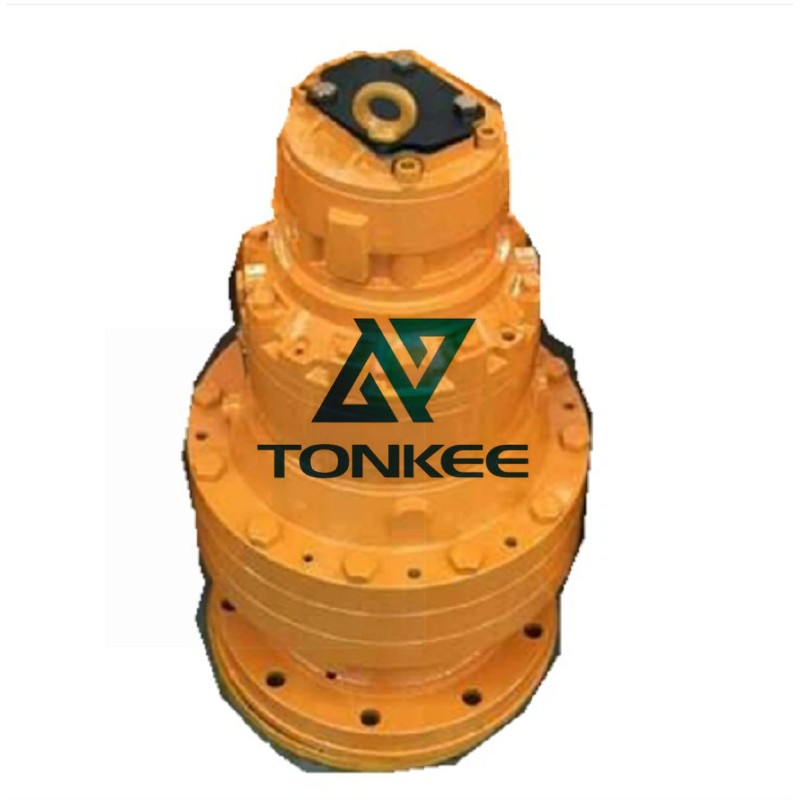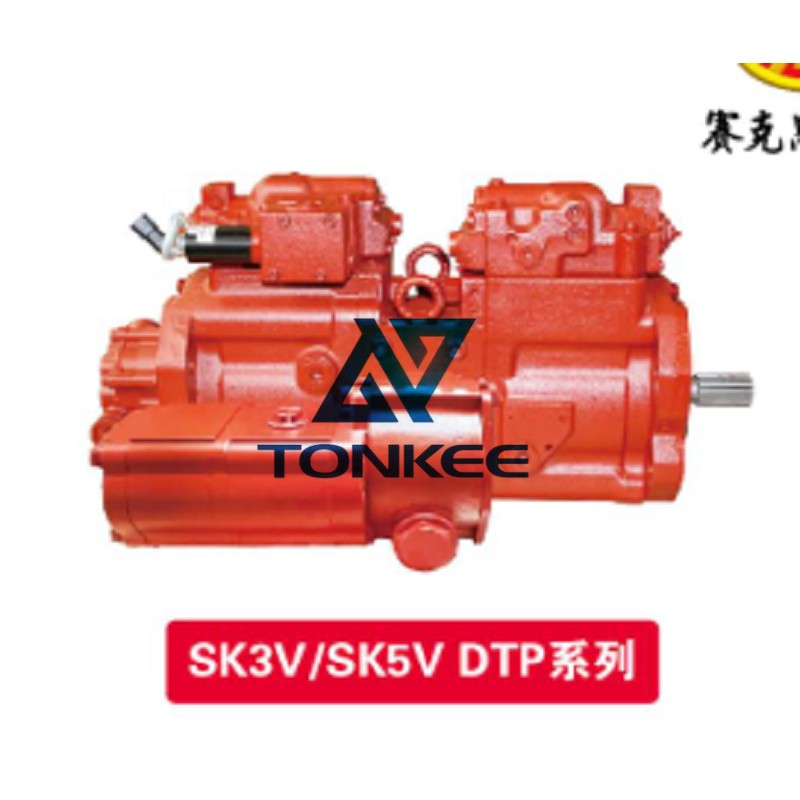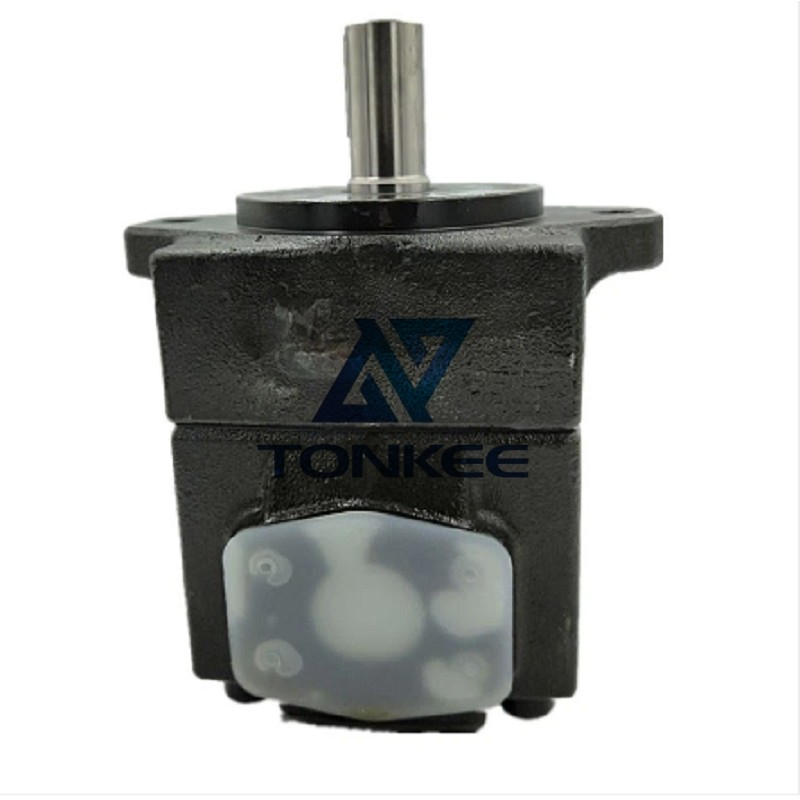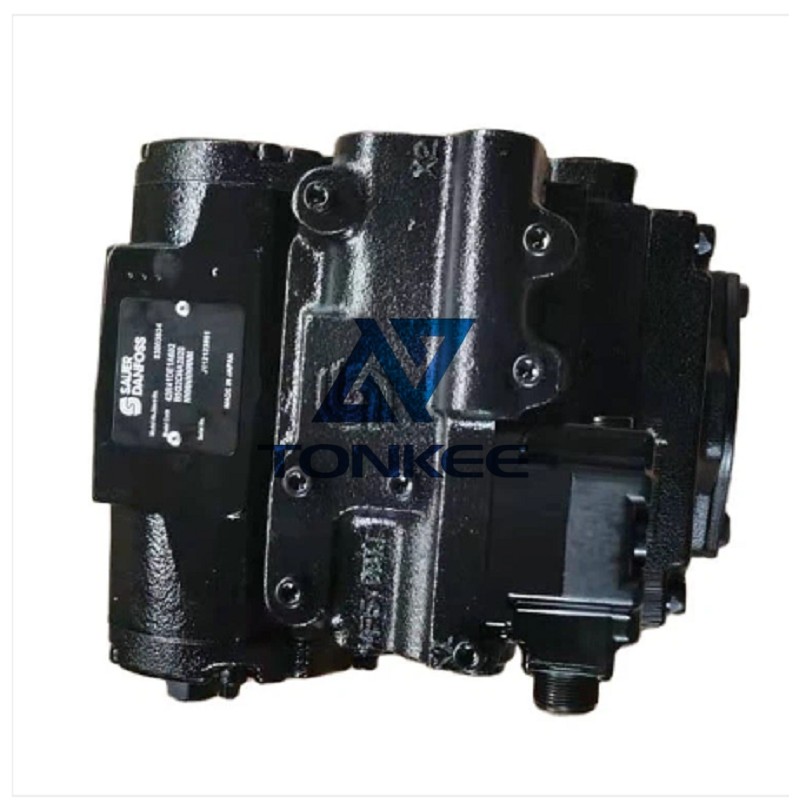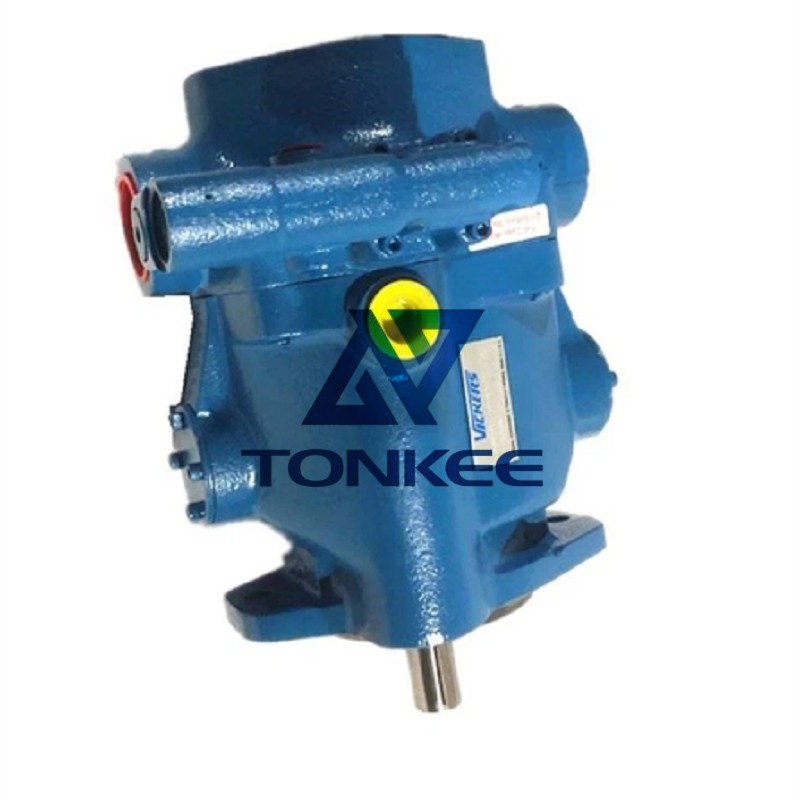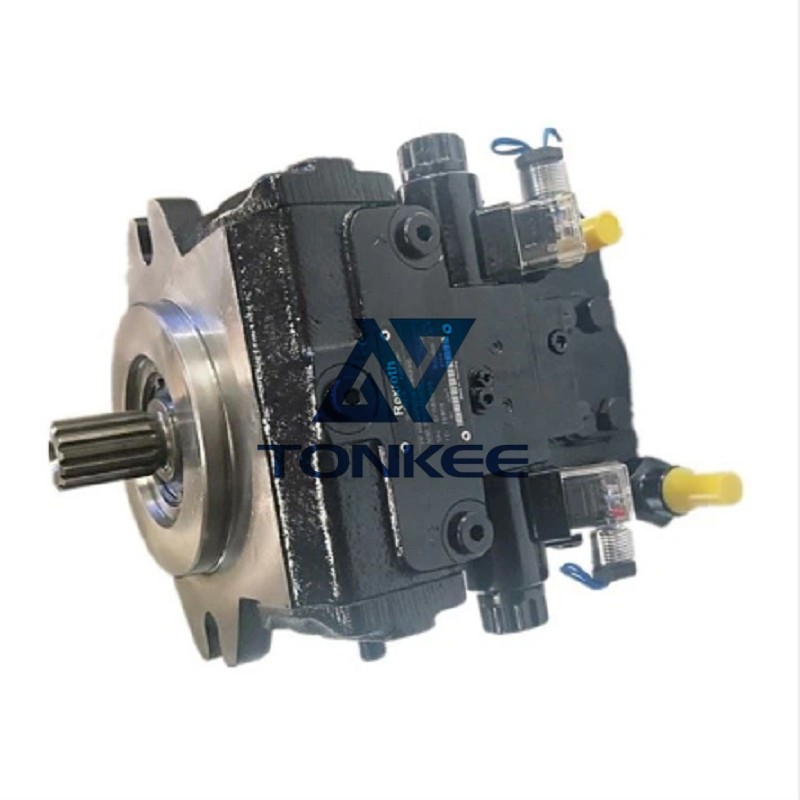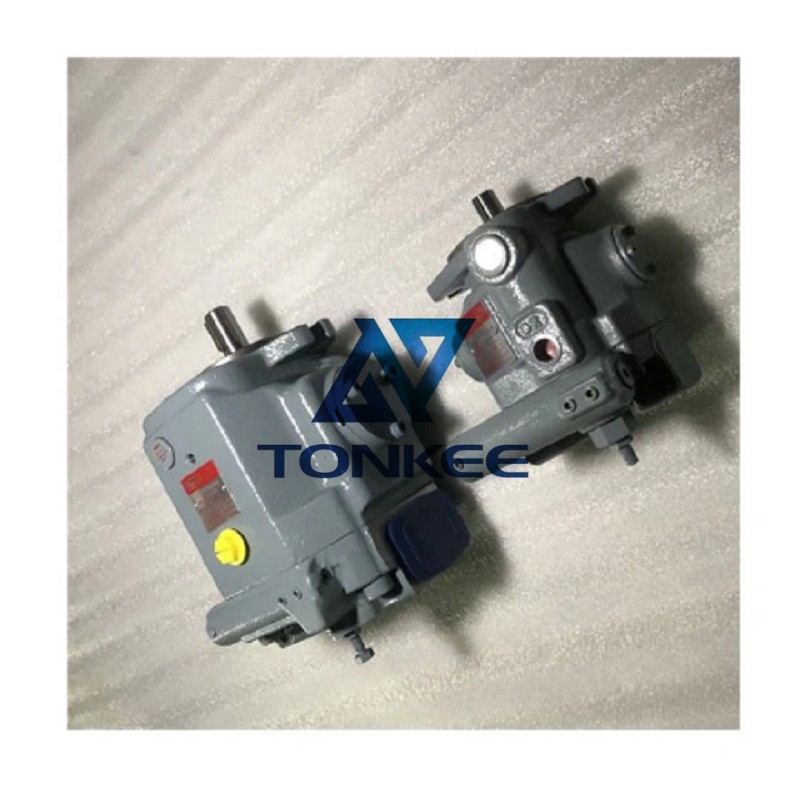
One of the primary considerations when selecting a hydraulic pump is its flow rate.
The flow rate determines the volume of fluid that the pump can deliver within a specific time frame. It is typically measured in gallons per minute (GPM) or liters per minute (LPM). The required flow rate depends on the hydraulic system's demands, such as the number and size of actuators or cylinders it needs to power.
Another critical specification is the pump's pressure rating. The pressure rating refers to the maximum pressure the pump can generate to operate a hydraulic system effectively. It is usually measured in pounds per square inch (PSI) or bar. The pressure rating is determined by the pump's design, including its internal components and construction materials. It is essential to select a pump with a pressure rating that matches or exceeds the requirements of the hydraulic system.
Hydraulic pumps come in various types, each with its specific features and benefits. The most common types include gear pumps, vane pumps, and piston pumps. Gear pumps are simple and cost-effective, making them suitable for low-pressure applications. Vane pumps offer higher efficiency and can handle moderate to high-pressure systems. Piston pumps are capable of delivering high pressures and are often used in heavy-duty applications.
The efficiency of a hydraulic pump is another vital consideration.
Pump efficiency refers to the ratio of output power to input power, expressed as a percentage. A higher efficiency pump can provide better energy utilization, reducing operating costs and improving overall system performance. Manufacturers often provide efficiency charts or curves to help users select the most suitable pump for their specific requirements.
The physical size and weight of the hydraulic pump should also be taken into account, particularly when space is limited or weight restrictions exist. Compact and lightweight pumps are desirable for applications where size and weight are critical factors. However, it's important to strike a balance between size, weight, and performance to ensure optimal functionality.
Additionally, factors such as noise level, maintenance requirements, and compatibility with hydraulic fluids should be considered. Noise levels can vary depending on the pump's design and construction. Maintenance requirements may include regular inspection, lubrication, and replacement of certain components. Compatibility with hydraulic fluids, such as mineral oil or synthetic fluids, should be verified to ensure proper operation and prevent potential damage.


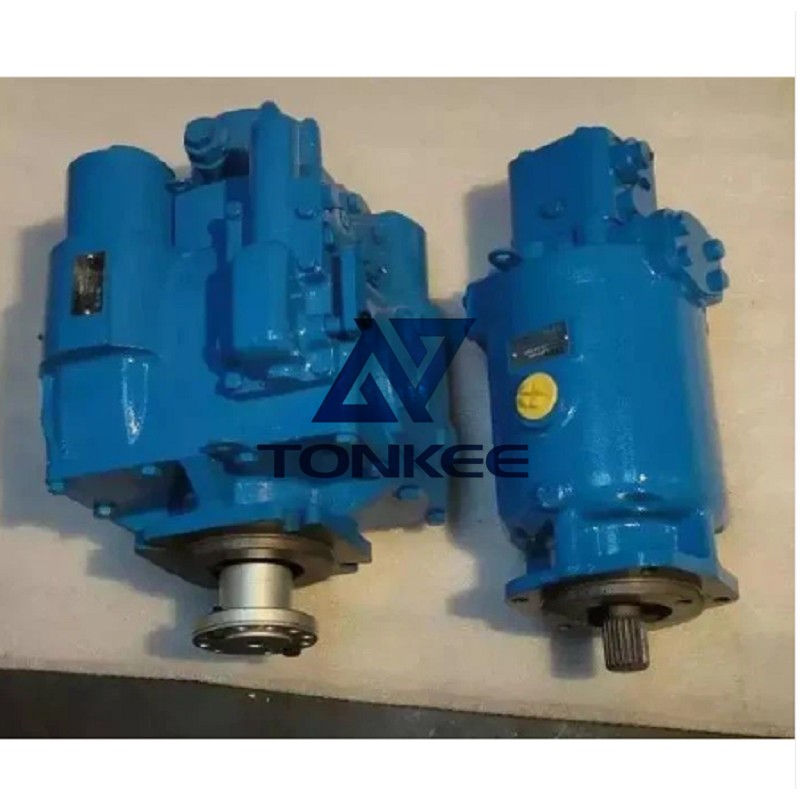

 English
English Русский язык
Русский язык

